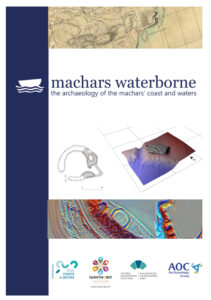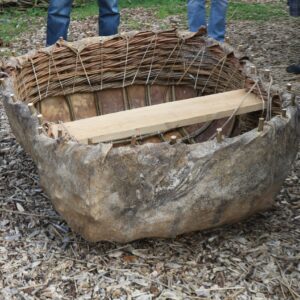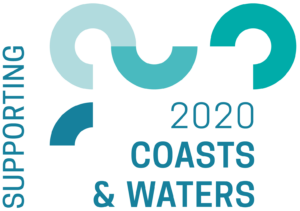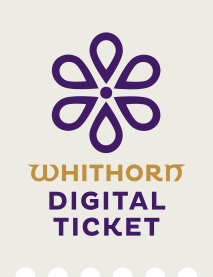The Whithorn Trust recently led an exciting new project with a focus on the coasts and waters of the Machars. ‘Whithorn Waterborne’ explored the range and breadth of archaeological sites in the Machars which are associated with rivers, lochs and the sea. These waters were key to communication, transport, trade, nourishment, and countless other aspects of life for people in the past, as they are now. Our project formed part of Historic Environment Scotland’s Year of Coasts and Waters celebrations.

‘Whithorn Waterborne’ consisted of two main components. The first made use of newly available LiDAR data – 3D models of the landscape created using aerial laser scan data – of the Machars, providing training in how to analyse and to interpret the data to identify new sites and re-interpret known sites. Online training workshops with AOC Archaeology Group enabled participants to gain new skills from the comfort of their own homes, and contributing to a collaborative project re-examining the archaeology of the Machars.
The LiDAR project is now complete, but you can still explore the data using the link to the web map below, and download a copy of the report here.
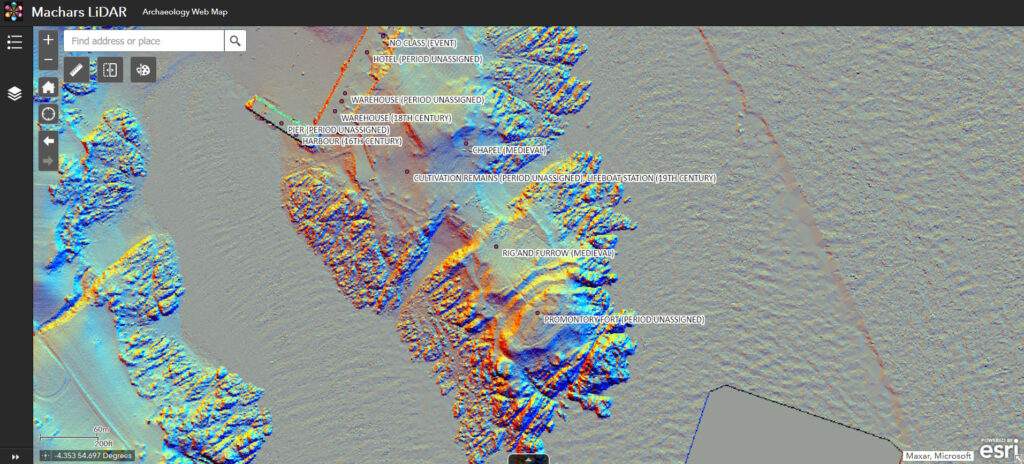
The second component of ‘Machars Waterborne’ focusses on the waterborne transport of the Iron Age. The Whithorn Trust received two fabulous leather coracles, expertly made by Pictavia Leather. These lightweight vessels feature in the miracle stories of St Ninian of Whithorn and underline the connections between Wigtownshire and Ireland. Logboats have been found on multiple crannog sites in Wigtownshire, including at Dowalton, near Sorbie. Young people engaged on the Whithorn ReBuild Kickstart Scheme to learn tradtional woodworking skills were led by Clinton Chaloner in creating a log boat out of a redwood tree, using only adzes and axes. This was triumphantly paddled at Isle of Whithorn Regatta in 2021.

